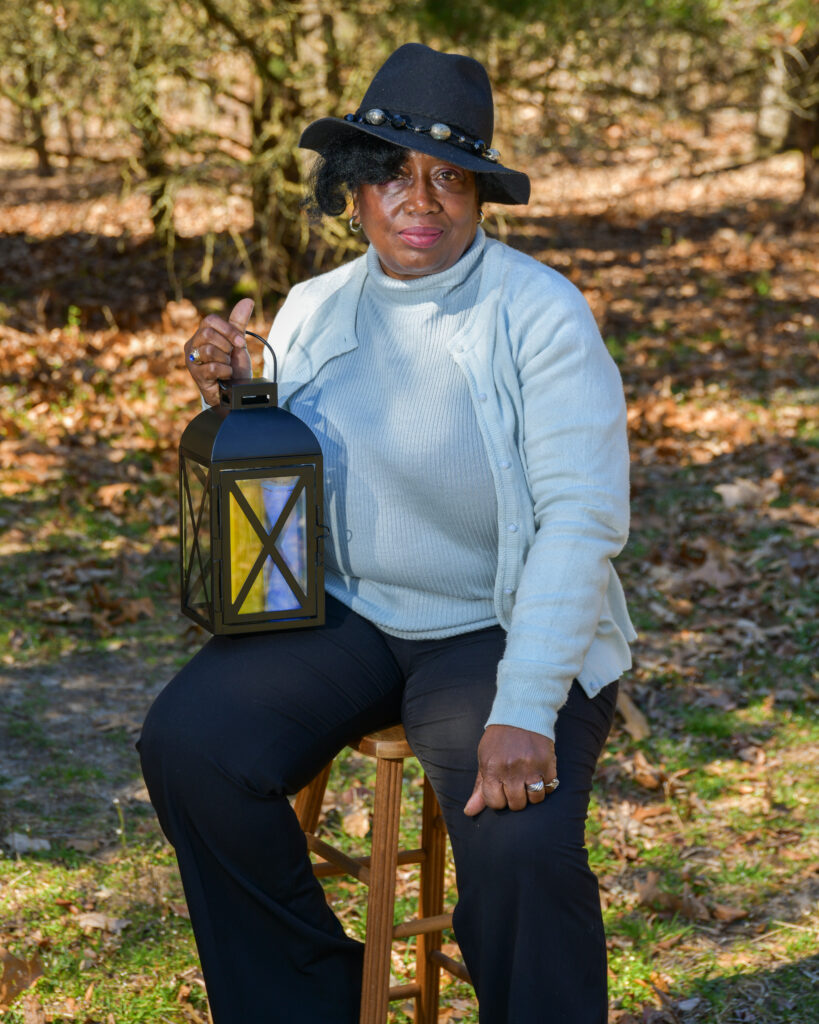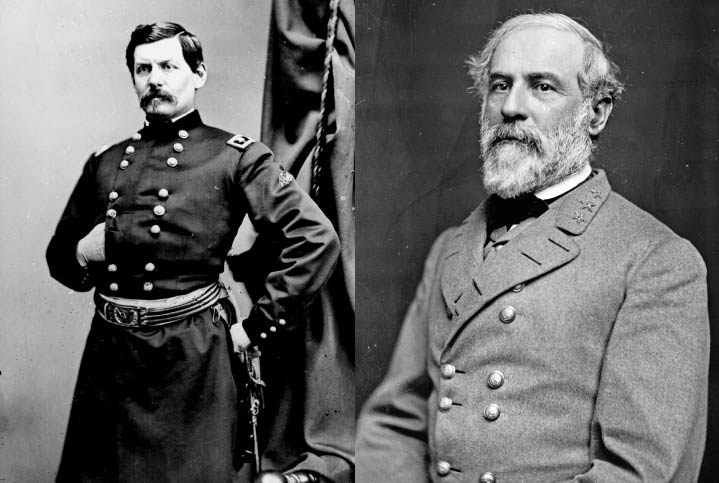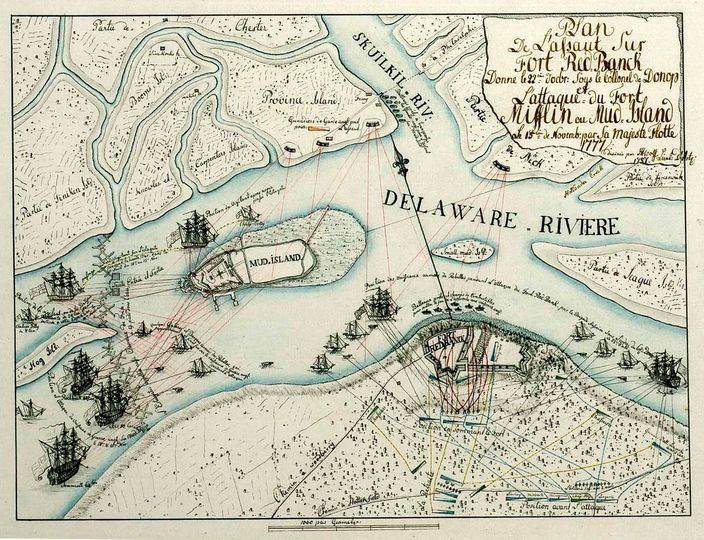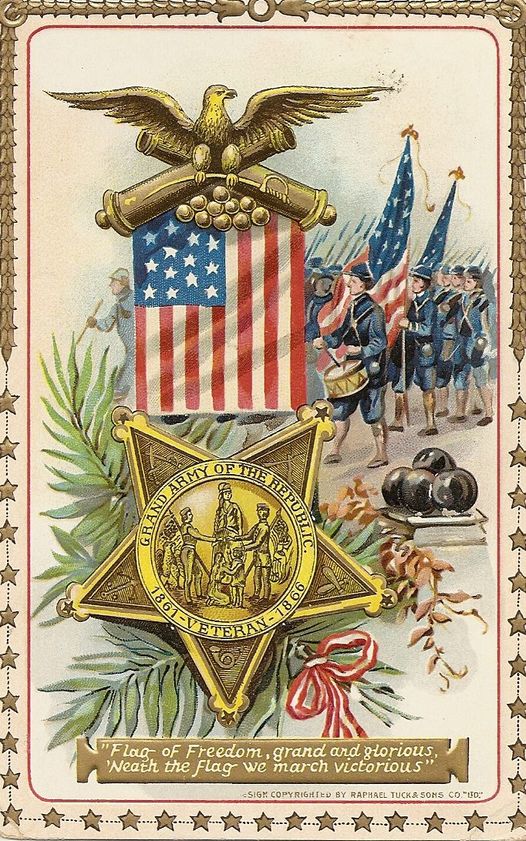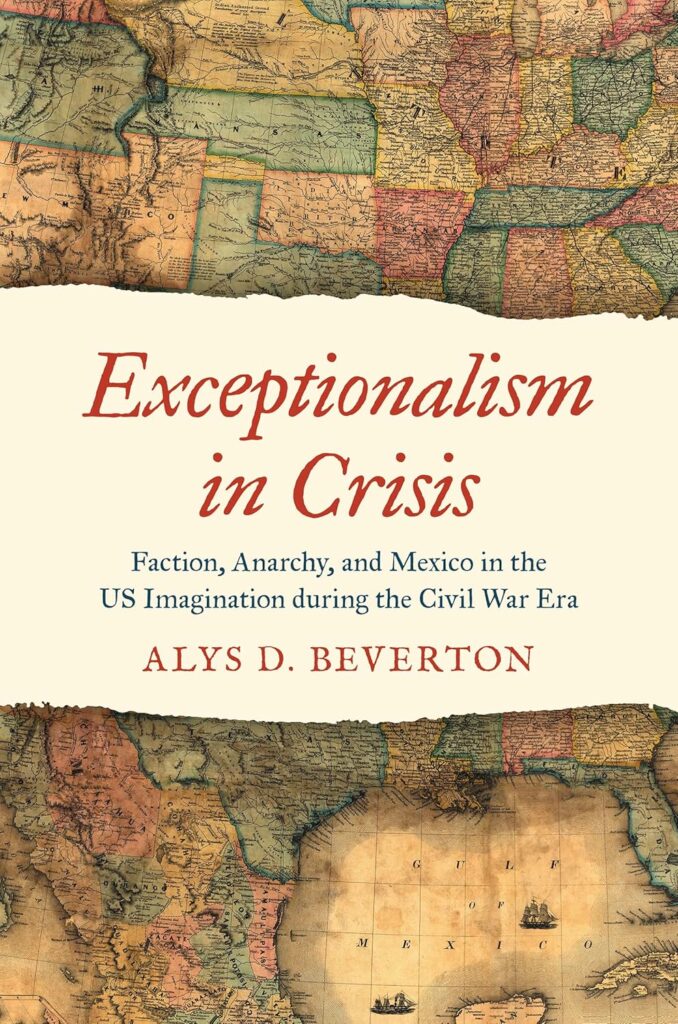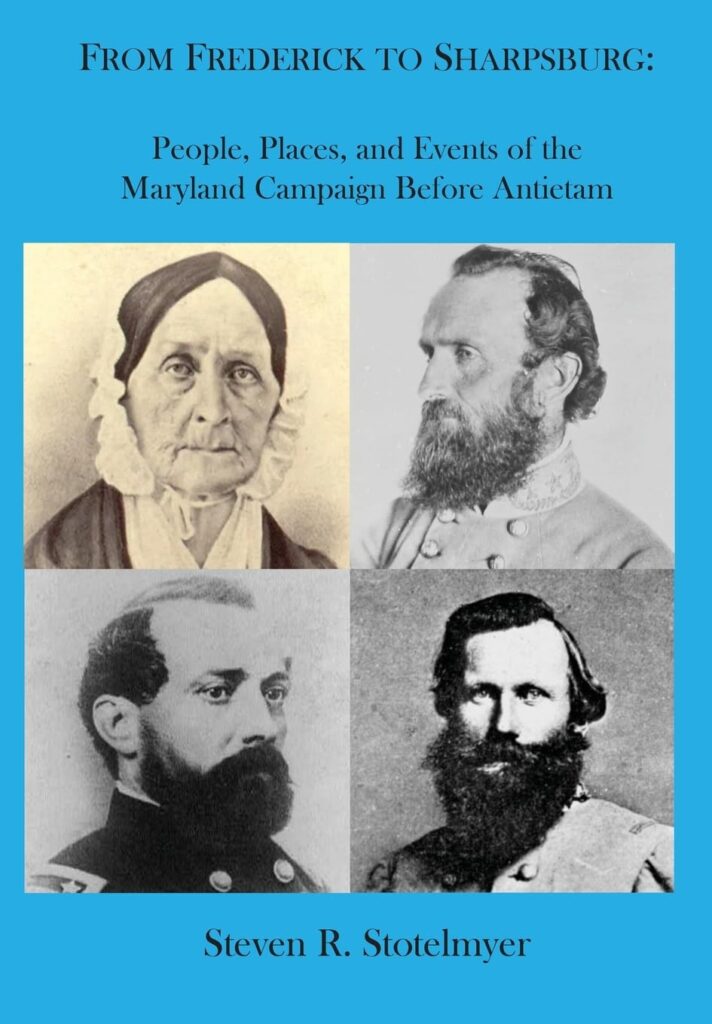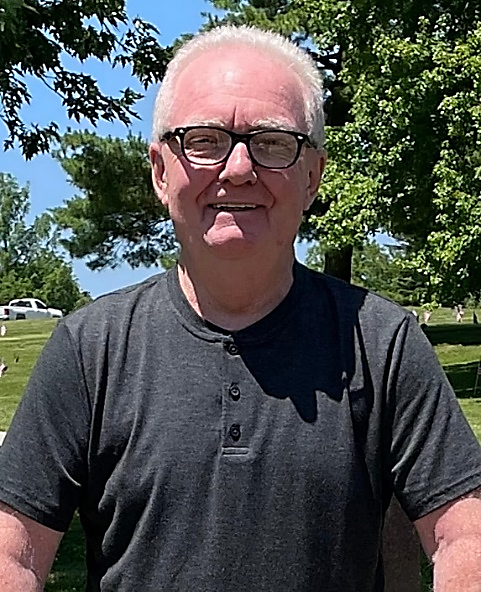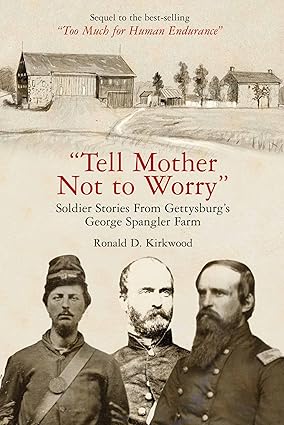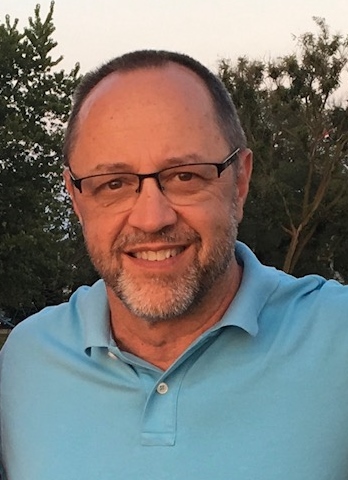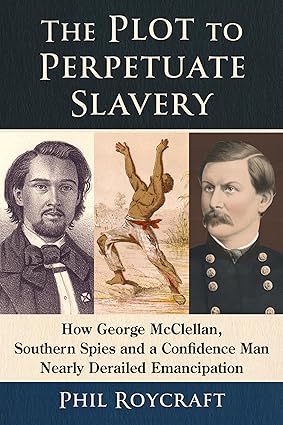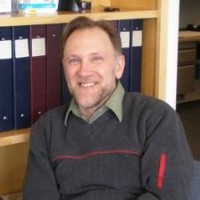Welcome to the website of the Old Baldy Civil War Round Table, serving the greater Philadelphia area with a discussion forum for Civil War-era topics. See the MEETING INFO tab above for meeting times and directions.
We invite you to join us for in-person meetings at Camden County College’s William G. Rohrer Center, 1889 Marlton Pike East, Cherry Hill, NJ 08003, at 7:00 PM. The program will also be simulcast on Zoom for the benefit of those members and friends who are unable to attend. Please email oldbaldycwrt [at] verizon [dot] net at least 24 hours prior to request Zoom access.
- November 13, 2025, 7:00 pm ET— Ellen Alford on “Abolition and the Underground Railroad in South Jersey: Not Without a Fight” Southern New Jersey was a hotbed of slave fugitives, freedmen and abolitionists in the Civil War era. The proud 22nd Regiment of the United States Colored Troops included hundreds of Black New Jerseyans ready to fight for emancipation and the Union cause. Abolitionists such as Harriet Tubman, Abigail Goodwin and Benjamin Sheppard operated among key landmarks of the Underground Railroad in South Jersey counties such as Cape May, Cumberland and Salem.
- Meet in the Classroom or on ZOOM this week.
- Zoom Link: https://us02web.zoom.us/j/84394073872?pwd=6HsImVIFBOtnWe9aoJ873noa0brZvP.1
- Meeting ID: 843 9407 3872 Passcode: 121815
- One tap mobile: +13092053325,,84394073872#,,,,*121815# US

Old Baldy sells branded products: T-shirts, caps, etc.! Click here or the STORE menu item in the header above.
A pamphlet describing the history of Old Baldy (Maj. Gen. George Meade’s warhorse), written by Anthony Waskie, is available for download in the MEMBERSHIP tab.
Members may be interested in accessing the website of the CWRT Congress. It is here.
If you find website-related errors, please send an email to: Webmaster [at] oldbaldycwrt [dot] org


